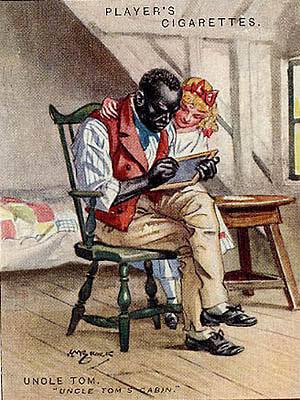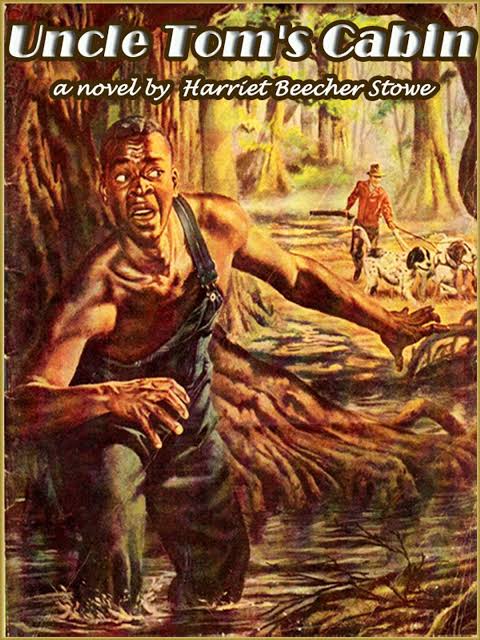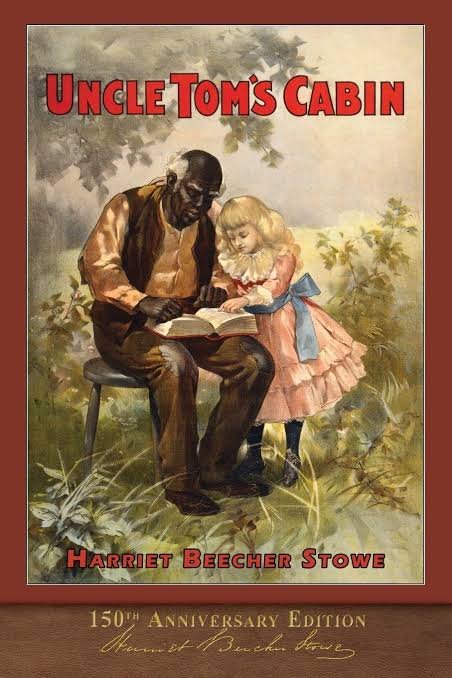To Behave Like An Uncle Tom; Why An Insult?

Today, on International Day for the remembrance of slave trade and its abolition (August 23), my mind wanders off to Uncle Tom – the faithful African-American slave in Harriet Beecher Stowe’s Uncle Tom’s Cabin: Life Among the Lowly. It took one man to change the mindset of a harsh slave-owner like Simon Legree. Written in 1852, the book sparked off the Civil War, a book that made President Abraham Lincoln remark (to its author): “So you’re the little woman who wrote the book that made this great war!”- all because of a character like Uncle Tom.
Uncle Tom is no longer confined to the literary dictionary. The titular name of the novel is now listed as a noun and a verb in the general dictionary. Strangely, the Merriam Webster defines Uncle Tom (noun) as “a black person who is overeager to win the approval of whites” (as by obsequious behaviour or uncritical acceptance of white values and goals). The noun form was first used in 1852 and in 1933, it was first used as a verb (usage example: “to behave like an Uncle Tom”).

Stowe’s Tom is heroic, brave and noble. He saves the life of the daughter (Eva) of one of his masters named St. Clare. He is immensely tortured by slaveholder Simon Legree because he is not ready to divulge the whereabouts of some slave girls who escaped. The question is: despite his portrayal of a messiah, why is he depicted as a “submissive” and “spineless” character today? In the twentieth century, Uncle Tom became a deep insult. Perhaps the answer lies in the ‘Tom shows’ and minstrel shows hugely popular in the United States till the early 1900s.

A Tom Show was any musical or play (loosely) based on Harriet Beecher Stowe’s Uncle Tom’s Cabin. Tom Shows began to appear around the 1850s, when the novel was being serialized and had not been published as a book. It is indeed strange the abolitionist novel which strongly advocates anti-slavery and is said to have sparked the Civil War was adapted by Tom Shows that mostly focused on racial stereotyping and pro-slavery. The laws of copyright during that point of time was weak, and hence people took the liberty to parody the portrayal of slaves and the social message of the novel. In addition, an assumption underlying the ‘problematic’ adaptations might have been the deep contempt of some Southern Americans for the negative depiction of slave trade in the novel. Slavery was then a usually accepted practice and neither the atrocities of the slaveholders nor the exploitation of the slaves were much spoken about. However, the book sparked off a revolution by taking a stand against it.

Most of the film adaptations of Uncle Tom’s Cabin were based on the Tom Shows. Between 1903 and 1927, there were nine film adaptations of the novel. These films were silent ones. The first film adaptation in 1903 by Edwin S. Porter uses white actors to play the black characters. It was the first full-length film adapted from Uncle Tom’s Cabin. Interestingly, a full-length film then meant duration of only 10 to 14 minutes. This movie, like the Tom Shows, perpetuated racial stereotypes. James B. Lowe played Uncle Tom in this movie but, sadly, he was given very less screen time – of just about 9 minutes – maybe because he was African American. The white actors shared more screen time, even though the chief protagonist was Uncle Tom. And this, undoubtedly, provides much food for thought!

Comments are closed.